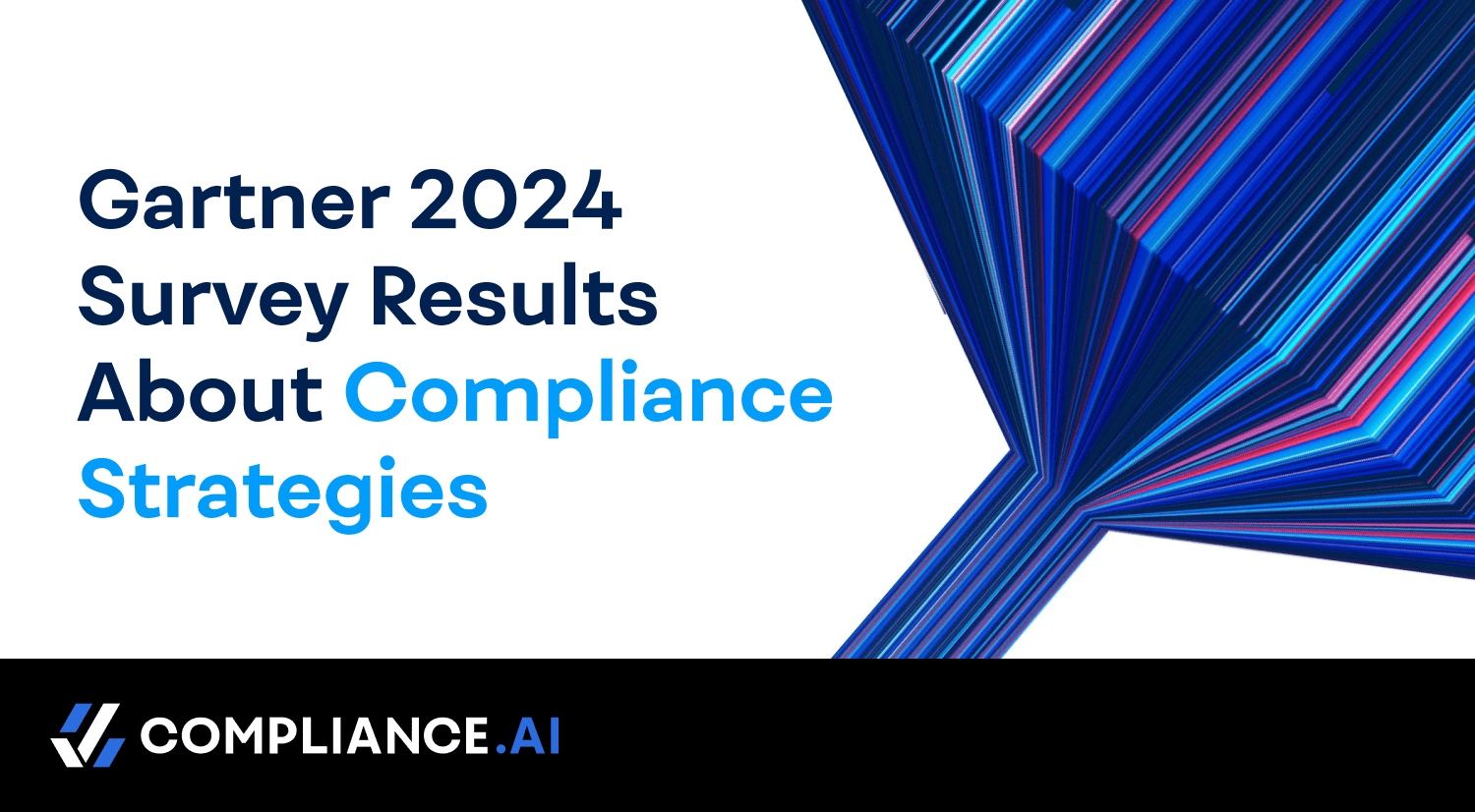Earlier this year, market-research firm Gartner surveyed more than 175 compliance, legal, and privacy leaders and found that 39% of them believe that their organizations need to adopt a strategy that “keeps pace with new regulatory requirements.” Gartner also found that these leaders believed the impact of legal and compliance issues would impact all parts of the enterprise in coming years.
The accelerating pace of regulatory change, constantly shifting enforcement patterns, and the overall unpredictability of the regulatory environment add up to a growing need for reliable, scalable, easy to manage compliance tools that don’t create more problems than they solve. Gartner’s survey shows that compliance leaders are struggling to find tools that are able to keep up with both the pace and volume of change.
Accelerating change, complexity add to the high cost of non-compliance
Non-compliance risks are escalating not only because of the accelerating pace and volume of change, but also because of complexity. New regulations come with their own sets of rules and requirements, and there are often subtle differences from jurisdiction to jurisdiction.
For instance, just one area of focus, Anti-Money Laundering (AML), is already forcing companies to change their strategies. New AML laws from multiple agencies in multiple jurisdictions, inter-agency joint efforts to update rules to better meet the threat, and stepped up enforcement, such as Wynn Las Vegas agreeing to forfeit $130 billion due to AML negligence, illustrate just how risky outdated compliance strategies can be.
The increasing complexity of compliance, the faster pace of change, and the skyrocketing cost of non-compliance dovetail in a way that makes legacy, siloed compliance tools too unreliable for leaders to trust. This is one reason why Gartner also found that compliance, legal, and privacy professionals also believe that their organizations need to devote more resources to the tools and people responsible for managing compliance throughout the enterprise.
How to keep pace with AI and automation
A major problem with legacy change management tools is that their siloed design leaves critical information scattered throughout the enterprise, which makes it nearly impossible to use accurate, up-to-date data to drive decisions. Yet, the rising cost of noncompliance means that a single mistake can result in fines, penalties, and damage to your reputation.
A more reliable and scalable approach is to turn to the tools that regulators themselves use and recommend, such as AI, ML, and automation. Combining AI and ML with automation gives compliance teams the ability to evolve beyond the limitations of manual monitoring. AI- and ML-powered regulatory change management tools are not only able to automatically track regulatory changes and enforcement patterns, but they also deliver timely analysis based on those patterns that your entire organization can rely on to adjust compliance strategies and tactics as needed.
AI-powered regulatory change management tools take on the time-consuming burden of tracking and monitoring updates from various regulatory agencies and industry publications, identifying those that impact your business, and assessing how the changes align with your overall compliance efforts. With AI and ML as a foundation, modern regulatory change management tools are able to rapidly sift through vast amounts of information in an instant, accurately identifying only relevant changes. This not only frees up compliance leaders to focus on higher-value projects, but it also limits the risk of overlooking regulatory updates and changes that could expose your organization to compliance breaches and penalties.
One of the main recommendations that Gartner offered in its assessment of compliance, legal, and privacy programs is that businesses should develop a “regulatory intelligence program. . . and create workstreams that enable regulatory tracking and implementation success.” Legacy tools fail to deliver those capabilities, but, fortunately, modern compliance change management tools have emerged to do just that.
Compliance.aI is the only regulatory change management solution that uses AI and ML to automatically monitor the regulatory environment for updates, organizing and interpreting regulatory content, ensuring change tasks are completed, and providing real-time insight on compliance status.
AI and ML also automatically map relevant changes to your internal policies, procedures, and controls, while also filtering out irrelevant content, so your busy compliance leaders receive only the information pertinent to your organization. Then, you can track, react, and report on impactful regulations and requirements on a timely basis.Don’t wait until the high cost of non-compliance – fines, bad PR, and even shut-down notices – hits your business. To start to regain control over your complicated compliance processes, take the first step by investigating how Compliance.ai will automate and streamline key compliance processes, enabling you to mitigate risks, reduce costs, and increase confidence in your organization’s compliance status.


